Ema is a trained architect, writer and photographer who works as a designer at B.I.G. in NYC. Inspired by her global experiences, she shares captivating insights into the world’s most extraordinary cities and buildings and provides travel tips on her blog, The Travel Album.
Imagine swimming in a pool where the water stretches endlessly, merging seamlessly with the horizon. The experience of an infinity pool is unparalleled, offering a unique blend of luxury and natural beauty. In fact, lately, the infinity pool seems to have become a social media status symbol.. but why?
Infinity pools, also known as vanishing edge or negative edge pools, were first widely introduced in luxury resorts to create a visual illusion of water extending to the horizon. They have now made their way into private homes, becoming a hallmark of luxury and sophisticated design. Their portrayal in films, TV shows, and social media contributes to their aspirational appeal. Understanding their evolution provides insights into their architectural significance and the technological advancements that have made them possible.
Origins and Early Development
The concept of the infinity pool dates back to ancient times, with early examples seen in the reflective pools of ancient civilizations. In fact, dating back to the Bronze Age, researchers have found remains of human-made excavated pits, suggesting that they might have been infinity pools, perhaps once used for rituals and ceremonies. However, in the 1950s, John Lautner, a former apprentice of Frank Lloyd Wright, introduced the first vanishing edge pool to the U.S. with his design of the iconic Silvertop home in Los Angeles. Inspired by the view of Silver Lake Reservoir, Lautner aimed to create a pool that appeared to overflow into the body of water beyond, a design that became known as the Lautner Edge. The original motivation for the vanishing edge is thought to stem from the desire to create a sense of continuity with the surrounding location and view. Over the years, this design has become a popular trend.
Technological Advancements
Infinity pools, celebrated for their stunning visual effects and seamless integration with their surroundings, owe their existence and continued innovation to significant technological advancements, architectural integration, and evolving design trends. Diving deeper into the details of these advancements, let’s explore how they continue to shape the modern infinity pool.
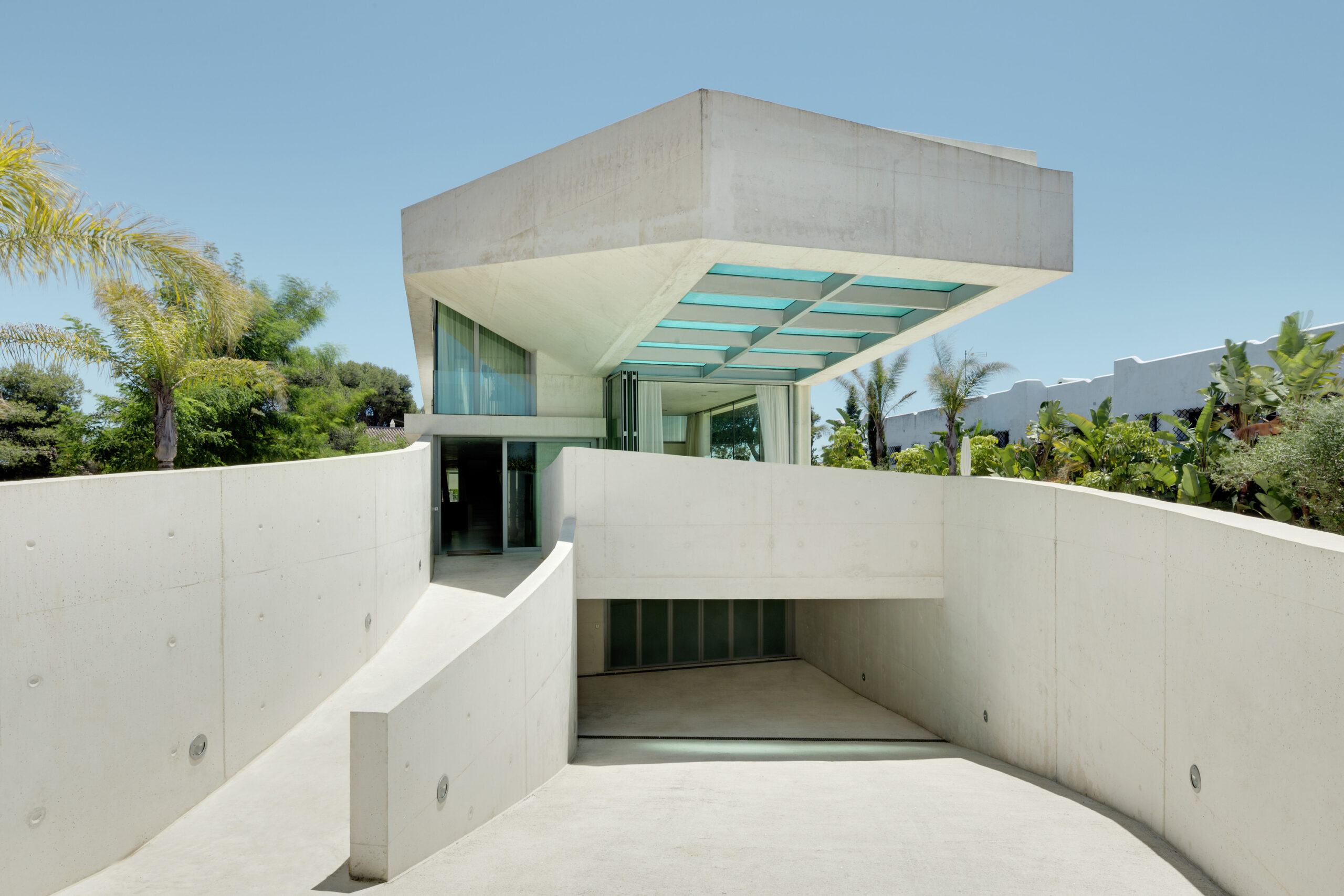
Jellyfish House by Wiel Arets Architects, Marbella, Spain
The development of infinity pools required significant technological innovations, particularly in hydraulic engineering and materials science. Key advancements include:
1. Hydraulic Systems: The creation of a successful infinity edge requires precise control of water flow and level. Sophisticated hydraulic systems ensure that water consistently spills over the edge into a catch basin, from where it is recirculated back into the pool. This seamless flow is essential for maintaining the visual effect of the vanishing edge.
2. Structural Engineering: Infinity pools often require cantilevered structures and reinforced materials to support the pool’s weight, especially when positioned on cliffs or rooftops. Advances in concrete and steel reinforcement have allowed for more daring and dramatic designs.
3. Waterproofing and Finishes: Modern waterproofing techniques and high-quality finishes, such as glass tiles, contribute to the durability and aesthetic appeal of these pools. These materials withstand the constant exposure to water and the elements, ensuring longevity and maintaining the pool’s visual clarity.
Architectural Integration
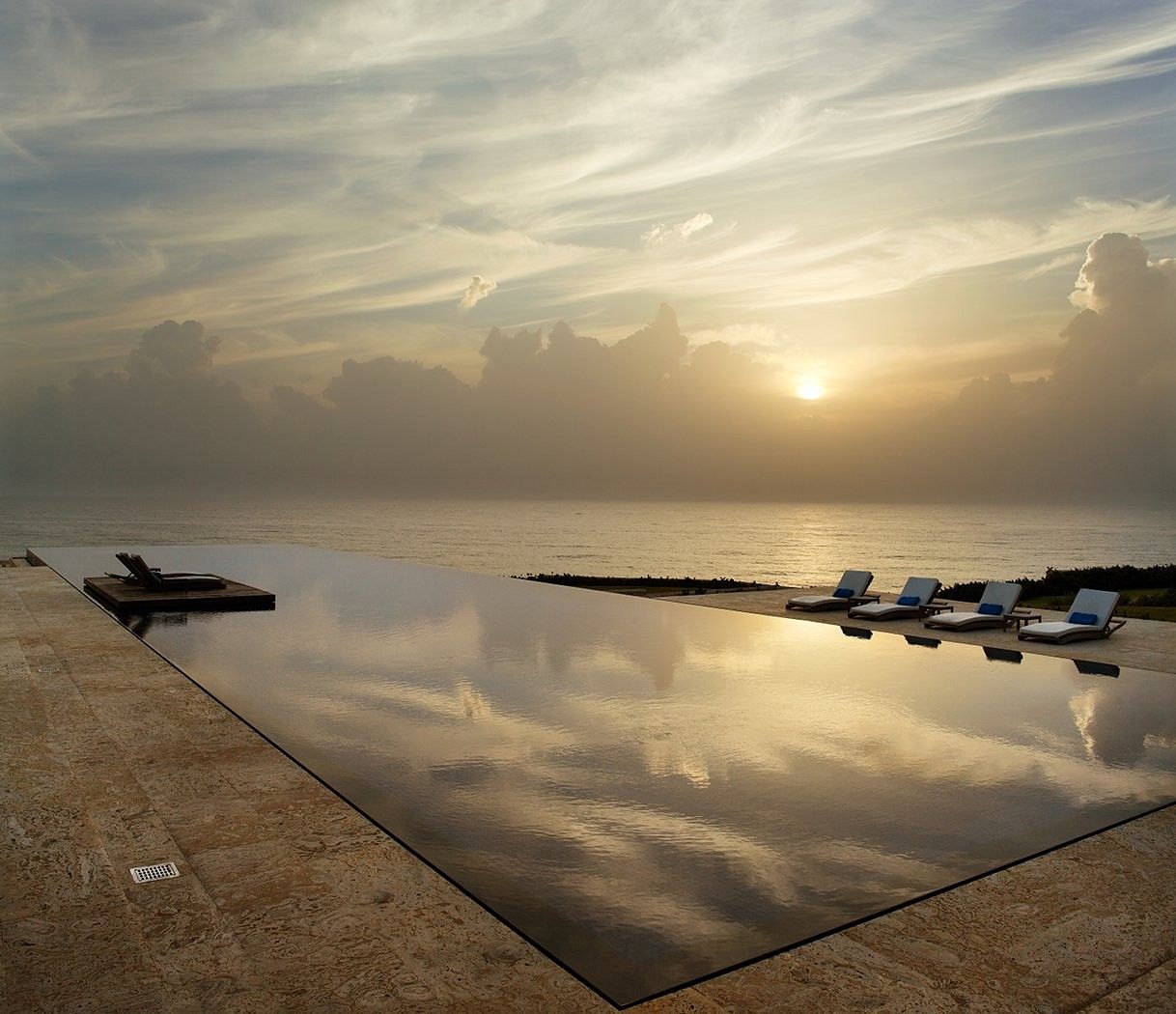
Casa Kimball by Rangr Studio, Dominican Republic
The evolution of infinity pools has also been marked by their integration into diverse architectural styles and settings:
1. Residential Designs: Infinity pools have become a hallmark of luxury homes, often positioned to take advantage of scenic vistas. Homes like the Jellyfish House in Spain and Casa Kimball in the Dominican Republic utilize infinity pools to enhance their connection with the surrounding landscape.
2. Hospitality and Resorts: High-end resorts and hotels have adopted infinity pools to create memorable guest experiences. These pools often serve as focal points, offering guests uninterrupted views of oceans, mountains, or cityscapes.
3. Urban Environments: In urban settings, infinity pools are used to maximize limited space and provide a sense of escape. Rooftop infinity pools, like those seen in the Marina Bay Sands in Singapore, offer stunning city views and a luxurious retreat from the busy streets below.
Design Trends
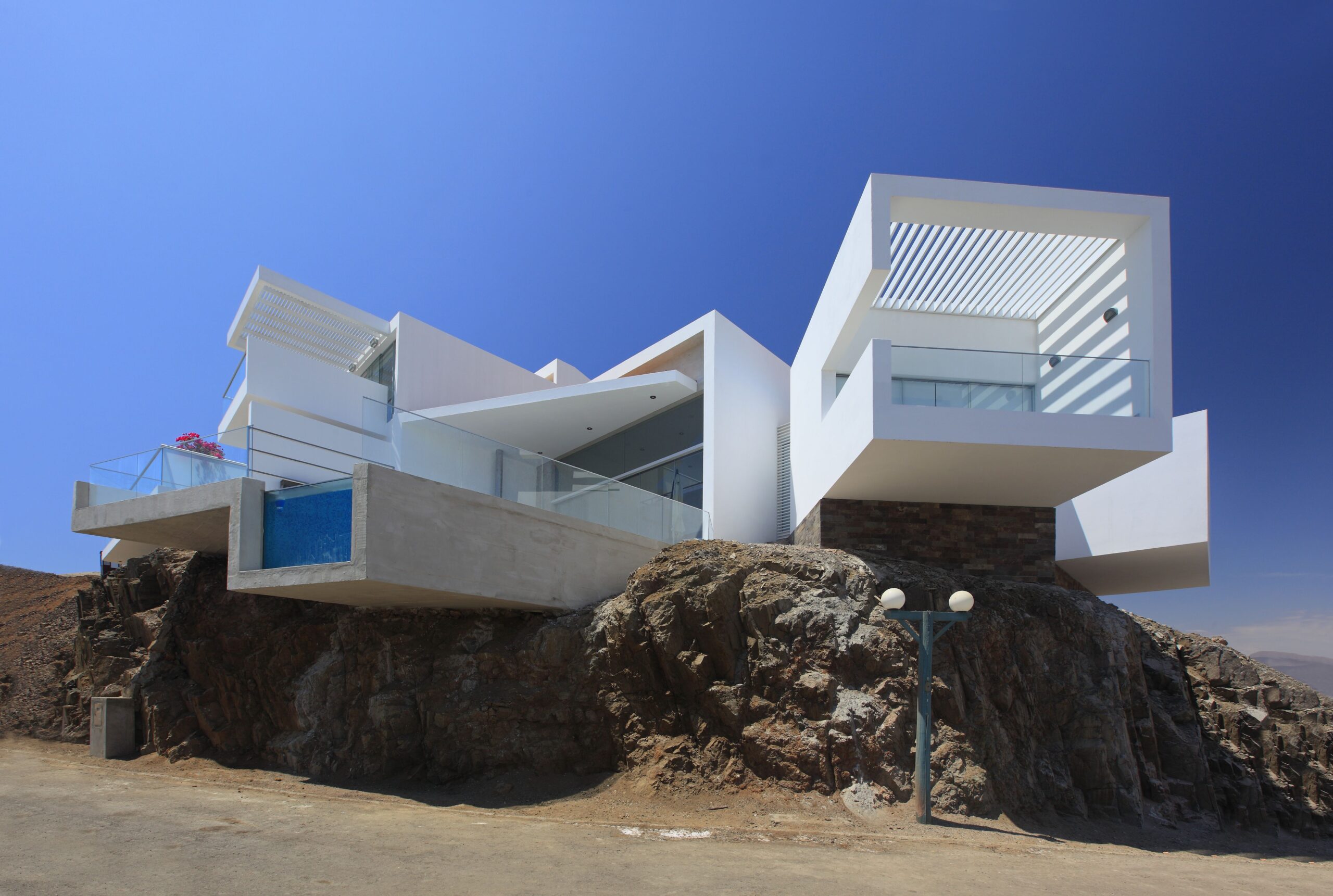
Beach House I-5 Las Lomas by Vértice Arquitectos, Lima, Peru
Contemporary infinity pools continue to push the boundaries of design and technology:
1. Multi-Level Pools: Some modern designs feature multi-level infinity pools that create cascading water effects, adding a dynamic element to the visual experience.
2. Glass-Walled Pools: Glass walls on one or more sides of the pool enhances the sensation of floating in mid-air, and provides an unobstructed view of the surroundings.
3. Sustainability: There is a growing emphasis on sustainable design, with infinity pools incorporating energy-efficient pumps, solar heating, and advanced filtration systems to reduce environmental impact.
So far, this article has explored the evolution of infinity pools in modern architecture, highlighting their integration into some of the most stunning residential projects around the world. Now, let’s explore some infinity pools that are designed to enhance their natural landscapes, and create a seamless transition between the built environment and nature.
Jellyfish House
By Wiel Arets Architects


Jellyfish House by Wiel Arets Architects, Marbella, Spain
The Jellyfish House features a spectacular rooftop pool on the top floor, offering panoramic views of the Mediterranean Sea. Cantilevered 9 meters southwest towards the distant Sierra Blanca mountain range, the pool features an infinity edge, creating the impression that the water merges seamlessly with the horizon. This design gives the impression that the sea extends directly from the pool, ensuring the beach and ocean are always visible while sunbathing or swimming.
Villa Amanzi
By Original Vision
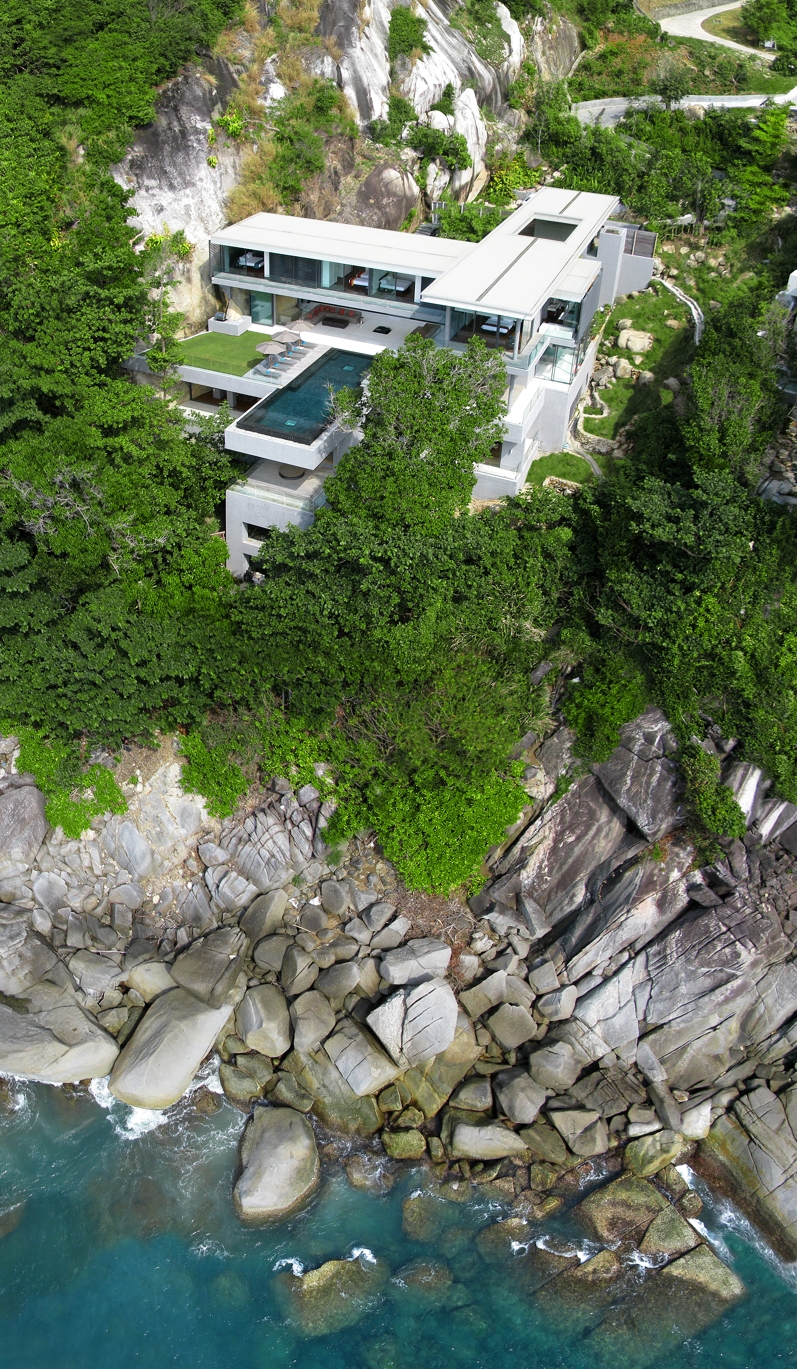
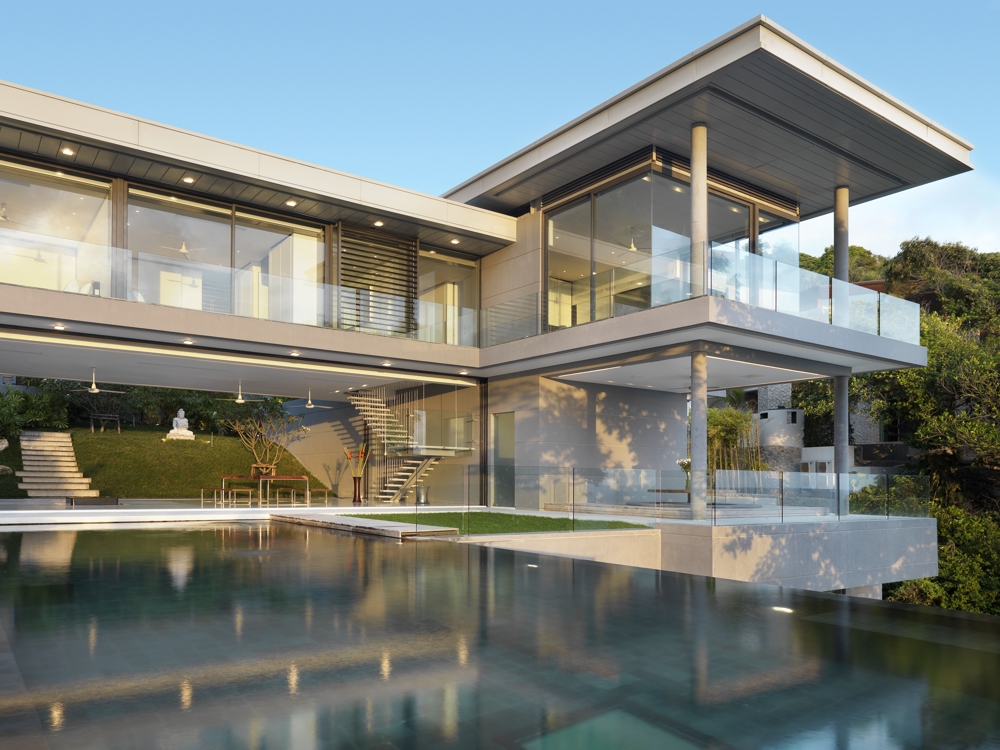
Villa Amanzi by Original Vision, Phuket Thailand
Balancing the combination of open and closed, private and public, this residence features an infinity pool that has been designed to not only merge with the Andaman Sea, but also merge with the design language of the home. Although the home is built into jagged rock, the pool’s sleek, minimalist design complements the villa’s modern architecture. The calm water emphasizes the natural beauty of its surroundings and seamlessly transitions into the ocean, blurring the lines between man-made and natural elements.
Villa K
By Paul de Ruiter Architects
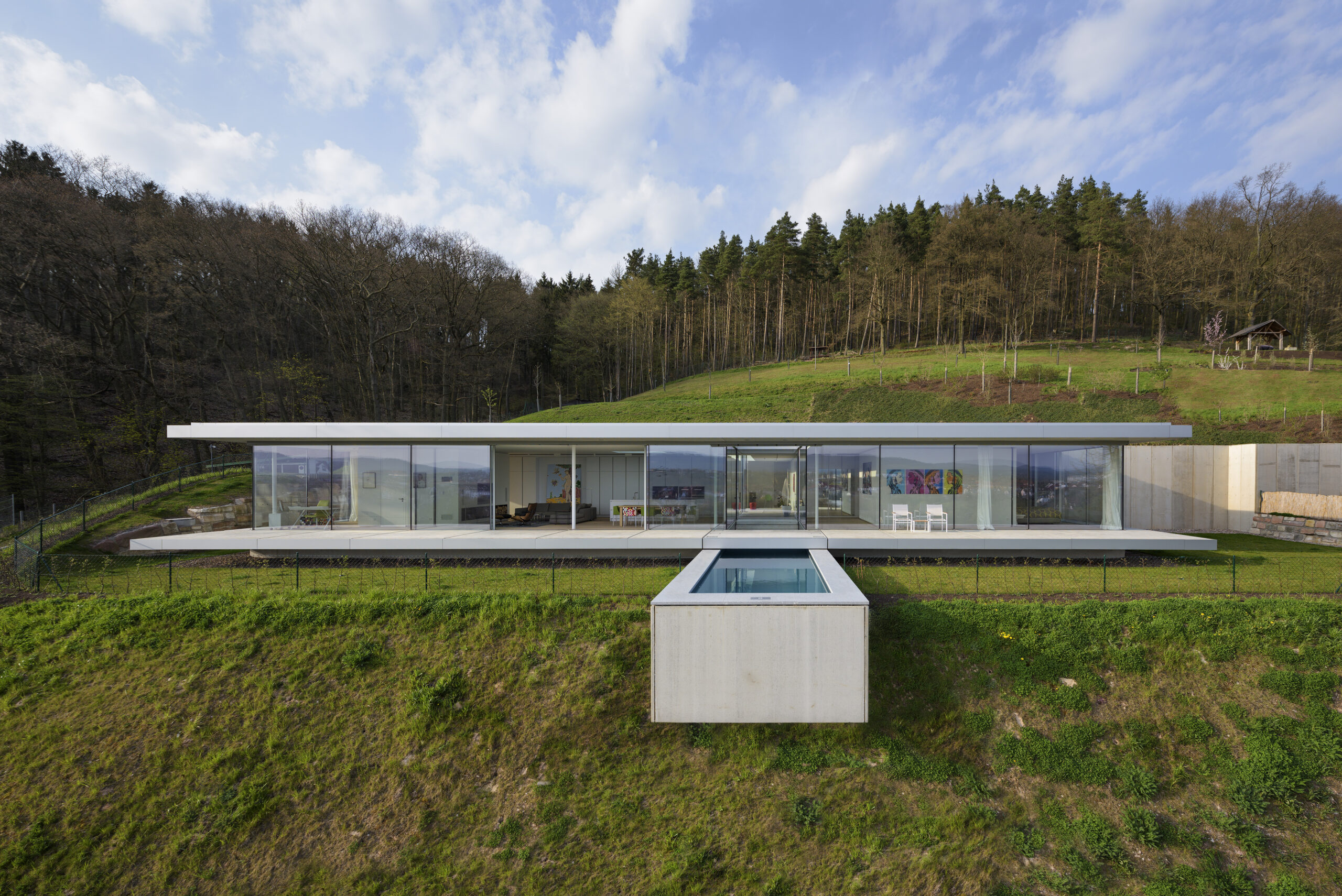

Villa K by Paul de Ruiter Architects, Thuringia, Germany
Villa K showcases an infinity pool that extends from the main living area, outwards over the hillside, creating a striking visual connection with the landscape. The pool appears to start inside the home, extending under the patio terrace. The terrace can be lifted for a continuous pool experience or lowered to create a seamless terrace look. The water flowing just below the pool’s rim creates the impression of spilling into the lush greenery, harmonizing the home’s design with its environment.
Beach House I-5 Las Lomas
By Vértice Arquitectos

Beach House I-5, Las Lomas by Vértice Arquitectos, Lima, Peru
The design of The Beach House I-5 is meant to take advantage of the views from both the master bedroom and the other social areas of the home. The house comprises multiple volumes radiating from a central circulation axis, each providing breathtaking views outwards. One of these features is the elevated infinity pool, designed to amplify the scenic vista while seamlessly integrating with the house’s layout. This design successfully connects indoor and outdoor spaces, transforming the outdoor area into a luxurious rooftop terrace where the pool’s glass edge blends with the horizon, creating the illusion of endless water and sky.
Casa Kimball
By Rangr Studio


Casa Kimball by Rangr Studio, Dominican Republic
Casa Kimball, located on the North Coast of the Dominican Republic, features an oceanfront infinity pool that appears to be flush with the surrounding stone pool deck. The pool reaches out towards the ocean, its edge perfectly aligned with the horizon, captivating the eye and drawing attention to the vast expanse of the water beyond. The property, particularly with its position on the cliff’s edge, evokes imagery reminiscent of a fortress. At eye level, gazing towards the horizon, the pool seamlessly merges with the vast expanse of the ocean.
The Cliff House
By Khosla Associates
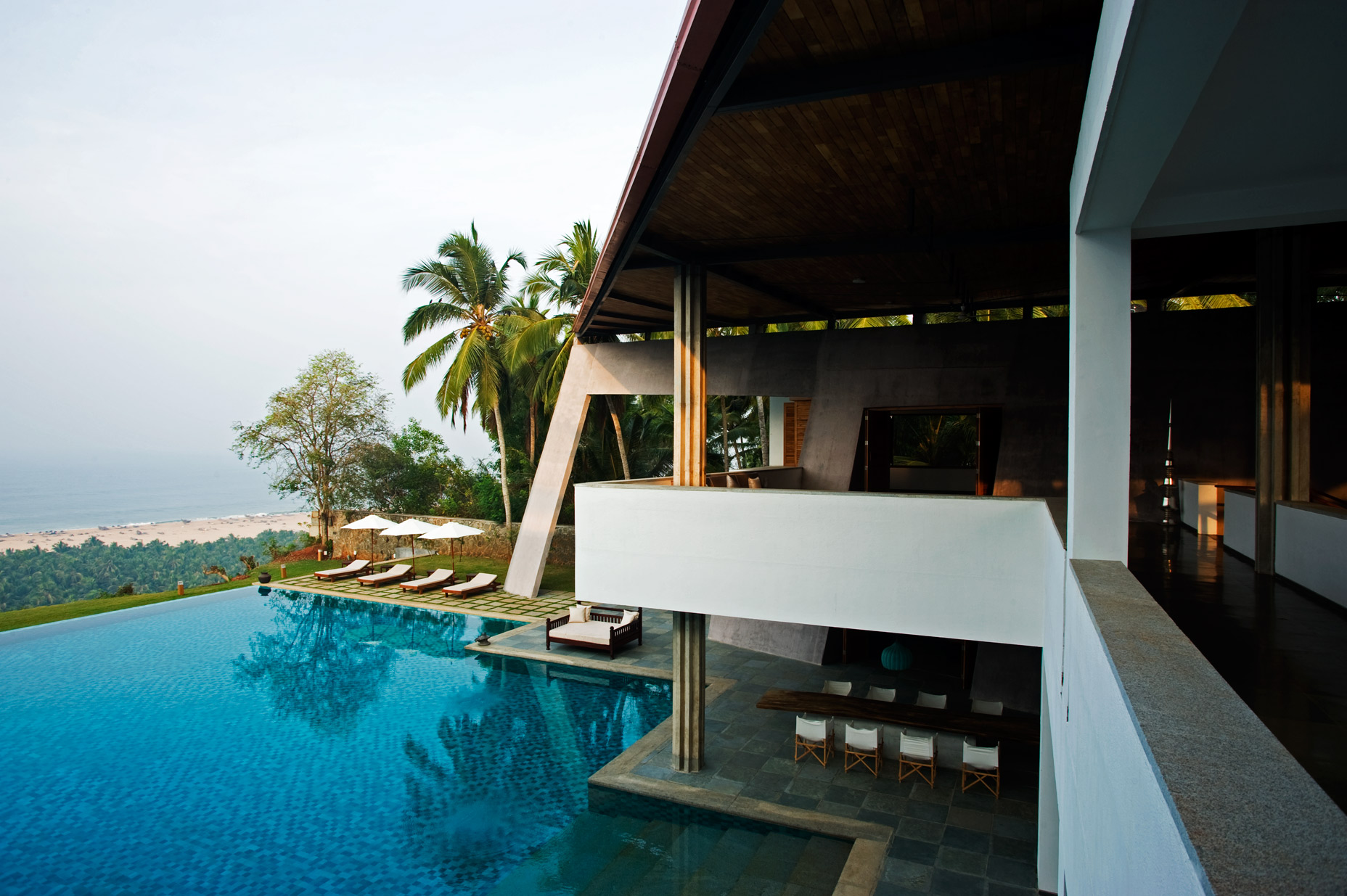
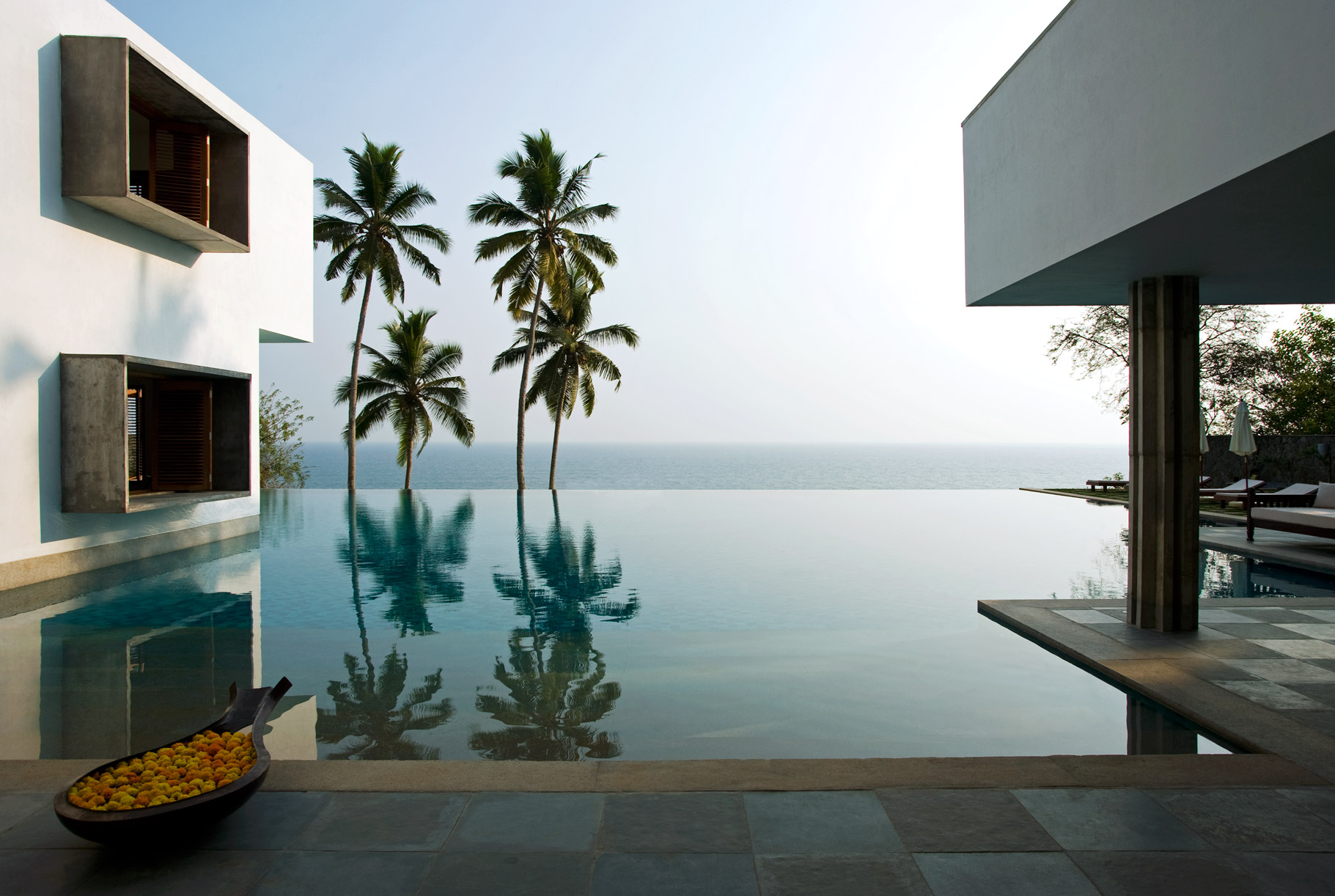
The Cliff House by Khosla Associates, Chowara, India
The infinity pool at the Cliff House is a significant feature of the property. The pool compensates for the home’s distance from the beach, providing a spacious and prominent outdoor area that aligns with the client’s desire for ample space for meditation and relaxation. Outdoor shaded decks surround the pool, creating a beach-like ambiance right by the ocean. Sitting about 200 feet (60 meters) above the Arabian Sea coast on a cliff, the pool effortlessly integrates into the open-plan design of the house. You can transition from the foyer at the front of the house straight into the pool, creating a fluid connection between indoor and outdoor spaces.
The evolution of infinity pools in modern architecture showcases human ingenuity and exemplifies our aspiration to harmonize built structures with the natural world. From their early conceptualization to today’s cutting-edge designs, infinity pools have evolved from luxurious additions to integral components of contemporary architectural expression. They represent the perfect fusion of art, engineering, and nature, offering unparalleled aesthetic and experiential value. With summer on the horizon, there’s no better time to appreciate the beauty and innovation of infinity pools in modern architecture – or as I like to refer to them as, the mirrors of the sky.
Architizer is thrilled to announce the world' best architecture firms in 2024, all winners of the 12th Annual A+Awards! Stay up to date by subscribing to our A+Awards Newsletter.
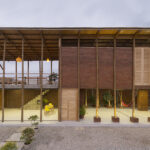




 Beach House I-5 Las Lomas
Beach House I-5 Las Lomas  Casa Kimball
Casa Kimball  Jellyfish House
Jellyfish House  The Cliff House
The Cliff House  Villa Amanzi
Villa Amanzi 

